
Carpal Tunnel Syndrome
Increasingly popular and dangerous
REGISTER FOR FREE CONSULTATION
WITH FOREIGN DOCTORS
What is Carpal Tunnel Syndrome?
Carpal Tunnel Syndrome is where the median nerve is compressed within the carpal tunnel, causing pain, loss of sensation, tingling, and numbness in the hand and arm on one or both sides.
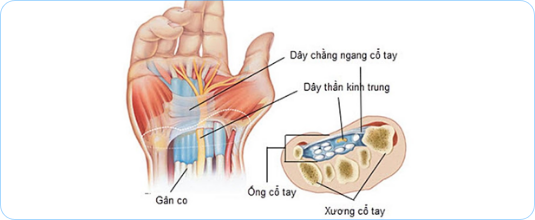
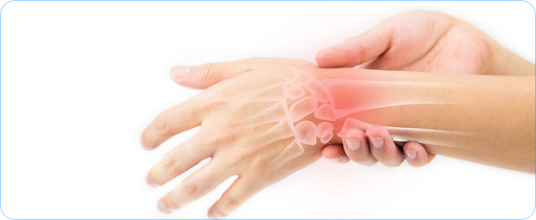
Causes of Carpal Tunnel Syndrome
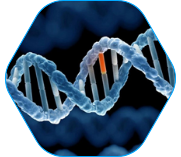
Genetics
It can be an essential factor. The carpal tunnel may be smaller in certain ethnic groups or have anatomical differences that narrow the space, making the median nerve more susceptible to compression.
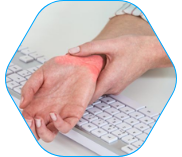
Job-specific factors
Repetitive motions of the hand and wrist over a prolonged period can damage the tendons in the wrist, causing swelling and putting pressure on the median nerve.

Hand and wrist position
Activities involving excessive bending, flexing, or extending of the hand and wrist over a long period can increase pressure on the median nerve.

Post-wrist injury
They are inflammation of the joints, tendons, single or multiple nerves, or wrist injuries such as dislocation or fractures. These can alter the space within the carpal tunnel and put pressure on the median nerve.
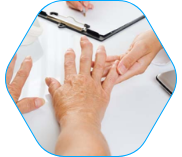
Associated conditions
Obesity, diabetes, rheumatoid arthritis, kidney disease, and thyroid gland dysfunction are conditions related to carpal tunnel syndrome.
Early signs of Carpal Tunnel Syndrome
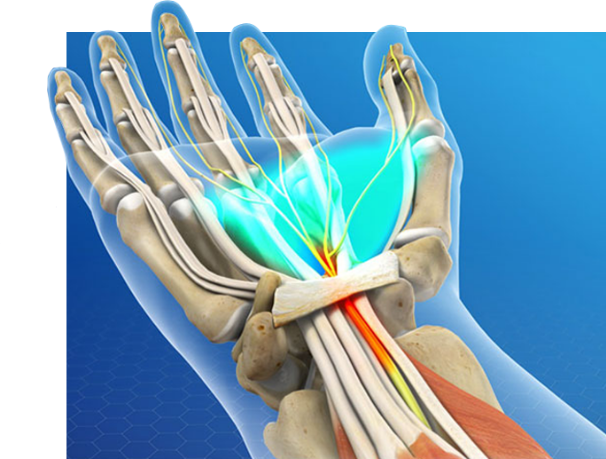
– Numbness, burning pain, or tingling in the fingers, especially in the thumb. It may feel like an electric shock, especially in the thumb and adjacent fingers.
– Pain and numbness may extend to the entire hand, wrist, and forearm but rarely extend to the elbow.
– Symptoms related to sensation often worsen at night, causing sleep disturbances.
– Folding or overextending the wrist or applying pressure to the carpal tunnel area, such as while riding a motorcycle, can increase tingling sensations. Symptoms decrease when movement stops, rest is taken, or the hand is shaken.
– Weakness and clumsiness of the hand, muscle pain, twitching, and difficulty performing regular tasks such as gripping objects, buttoning clothes, using a phone, driving, or reading.
Dangerous Complications of Carpal Tunnel Syndrome
According to statistics in the United States, around 200,000 surgical procedures are performed to treat carpal tunnel syndrome annually. Therefore, affected individuals may need to take time off work, impacting their economic livelihood and treatment costs.
If not detected and treated on time, carpal tunnel syndrome can lead to severe musculoskeletal disorders such as:

Carpal tunnel narrowing

Damage to the carpal tunnel nerve

Muscle deterioration

Muscle atrophy

Hand weakness

Pain, numbness, and reduced or loss of hand sensation
Non-surgical Treatment of Carpal Tunnel Syndrome with Chiropractic
Most individuals with carpal tunnel syndrome typically seek pain medication, topical applications, and acupuncture or are advised to undergo surgery. However, there are more and more effective solutions for patients.
With over 125 years of development history, available in 65 countries, and successful treatment for over 100 million people worldwide, CHIROPRACTIC is currently the optimal choice for patients with carpal tunnel syndrome without needing medication or surgery.


CHIROPRACTIC
Chiropractors use manual manipulation to correct misalignments of the bones, release compressed nerves in the wrist (the leading underlying cause of the disease), and provide immediate relief from pain, discomfort, tingling, and numbness. At the same time, chiropractic stimulates the body's self-healing mechanism, helping the body recover from tissue damage without needing medication or invasive procedures.


PHYSICAL THERAPY
In addition, the treatment protocol combines physical therapy to stabilize joint structures, relax twisted muscle points in the hand, enhance muscle strength and flexibility, restore normal joint range of motion, and eliminate any discomfort or pain during movement.
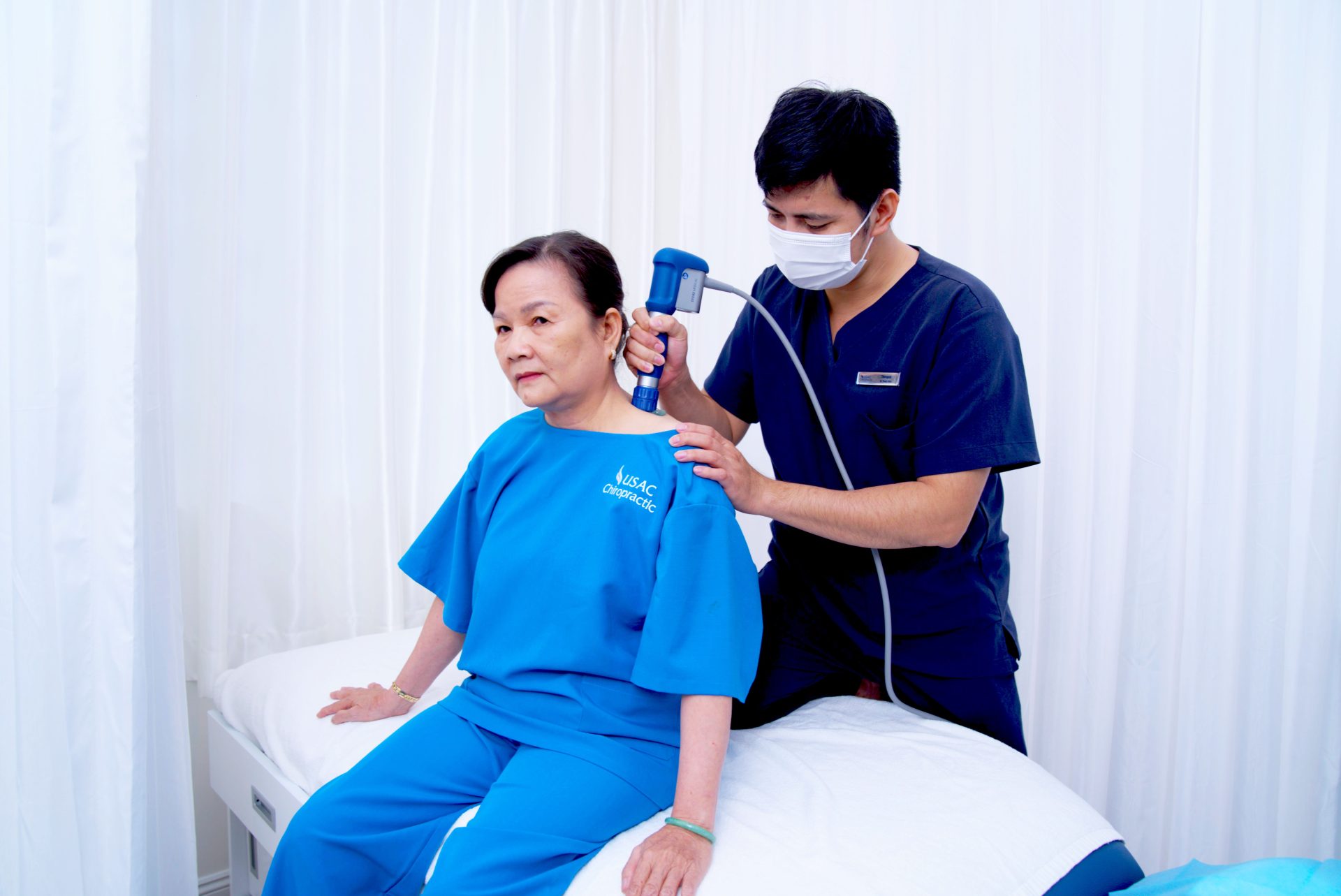

ADVANCED TECHNOLOGY THERAPY
State-of-the-art therapies such as IV laser, shockwave therapy, and electrical stimulation help reduce inflammation, regenerate damaged tissue structures, and expedite healing


THERAPEUTICS
A system of exercises accelerates the recovery of functions and effectively prevents the recurrence of the disease.
More than +20000 patients have been successfully treated at USAC Chiropractic
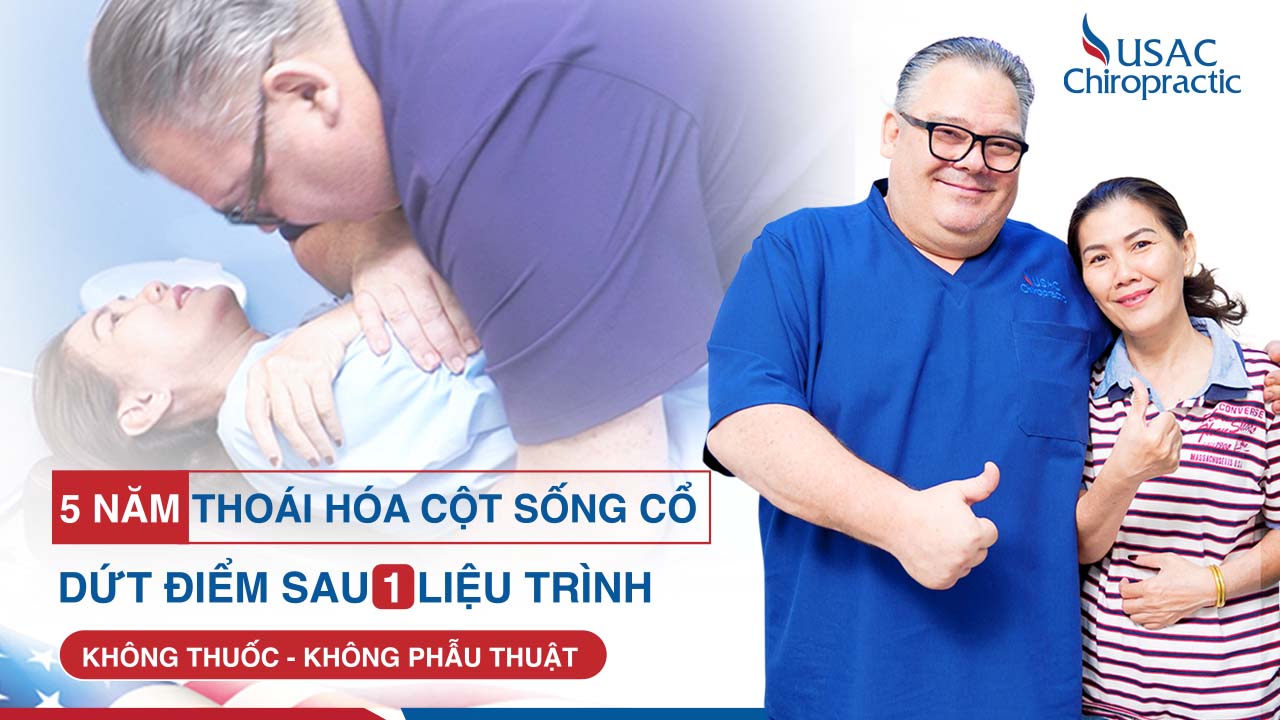

Cô Đặng Thị Lệ
Thoái hóa cột sống


Bệnh nhân Bảo Linh
Thoát vị đĩa đệm
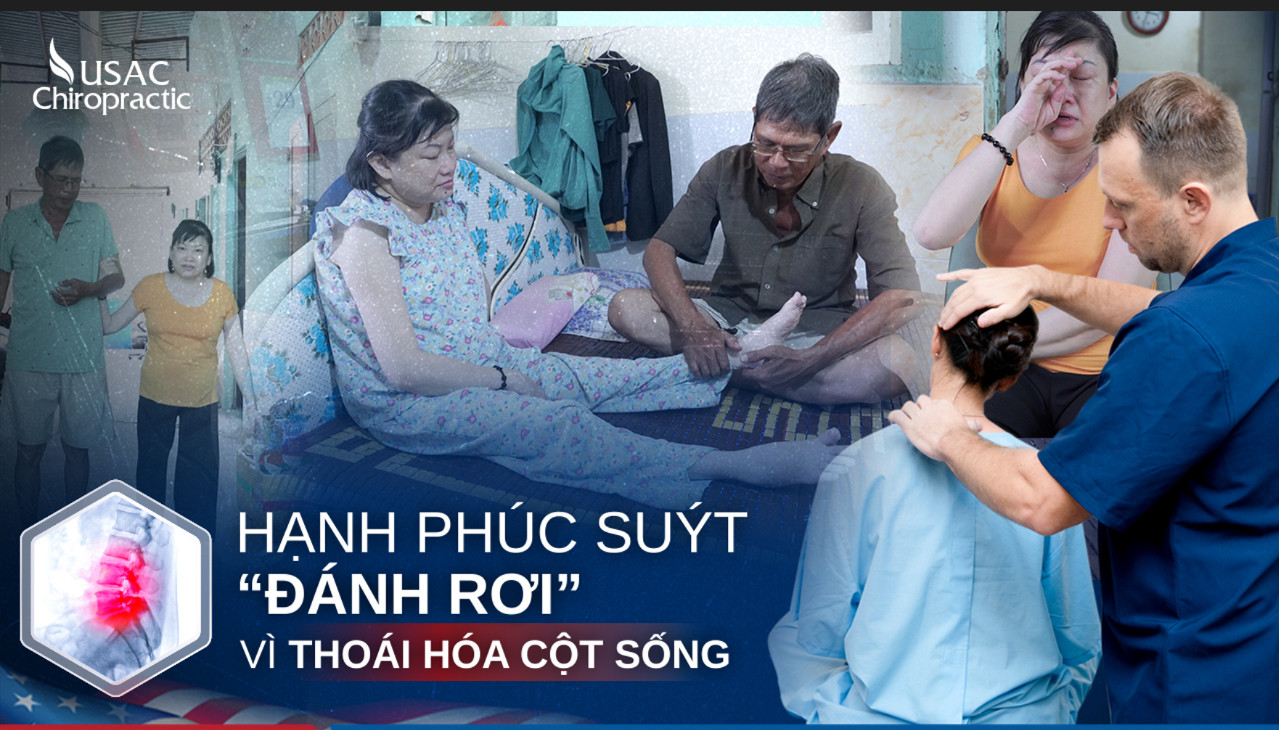

Bệnh nhân Thúy Hằng
Thoái hóa Teo cơ




